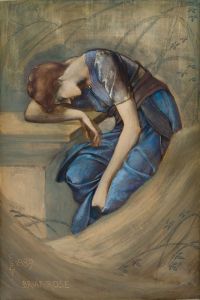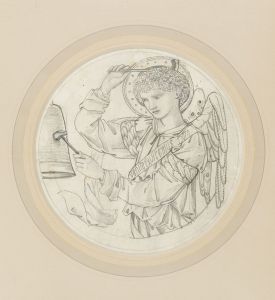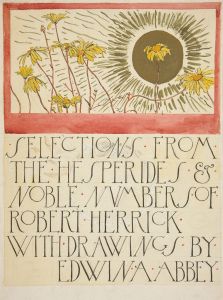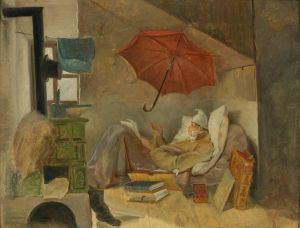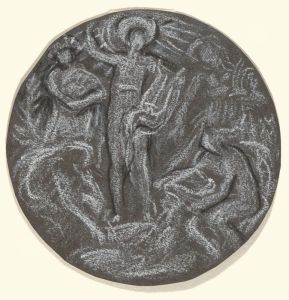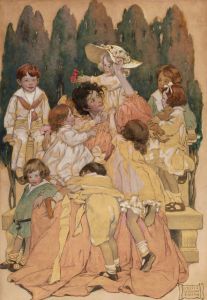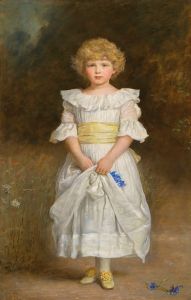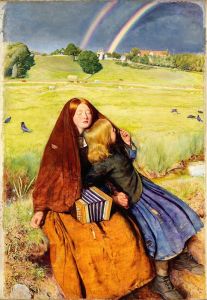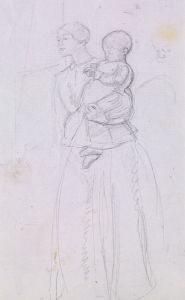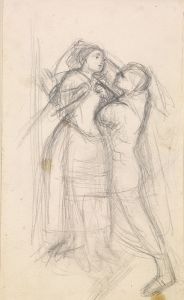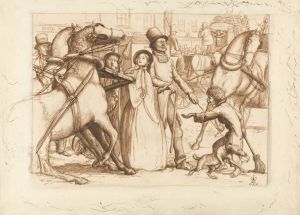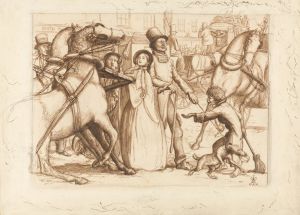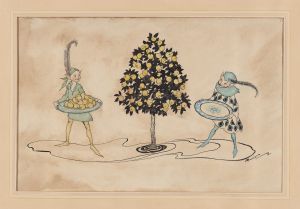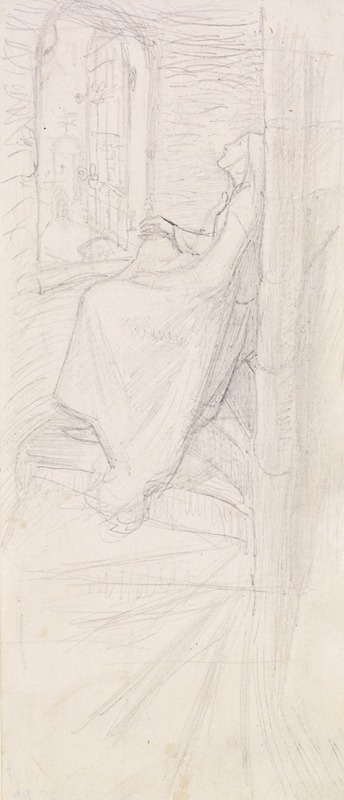
Tennyson’s ‘St Agnes Eve’ – Compositional Sketch
A hand-painted replica of Sir John Everett Millais’s masterpiece Tennyson’s ‘St Agnes Eve’ – Compositional Sketch, meticulously crafted by professional artists to capture the true essence of the original. Each piece is created with museum-quality canvas and rare mineral pigments, carefully painted by experienced artists with delicate brushstrokes and rich, layered colors to perfectly recreate the texture of the original artwork. Unlike machine-printed reproductions, this hand-painted version brings the painting to life, infused with the artist’s emotions and skill in every stroke. Whether for personal collection or home decoration, it instantly elevates the artistic atmosphere of any space.
Tennyson’s ‘St Agnes Eve’ – Compositional Sketch is a drawing created by Sir John Everett Millais, a prominent British artist and one of the founding members of the Pre-Raphaelite Brotherhood. The sketch is inspired by Alfred, Lord Tennyson’s poem St. Agnes’ Eve, which reflects on themes of purity, devotion, and spiritual longing. Millais, known for his meticulous attention to detail and literary inspirations, often drew upon poetry and literature for his artistic works, and this sketch is an example of his engagement with Tennyson’s writings.
The artwork is a preparatory compositional sketch, meaning it was created as part of Millais’s process of planning and conceptualizing a larger or more finished piece. It depicts a nun in a contemplative pose, likely reflecting the poem’s focus on the religious and introspective life of a nun on the eve of St. Agnes, a saint associated with chastity and purity. The figure in the sketch is rendered with Millais’s characteristic sensitivity to emotion and detail, even in its unfinished state.
This sketch is significant as it highlights the close relationship between the Pre-Raphaelite Brotherhood and the literary works of their time. Millais and his contemporaries often sought to translate the emotional depth and narrative richness of poetry into visual art. Tennyson, in particular, was a favorite source of inspiration for the Pre-Raphaelites, and Millais created several works based on his poems.
The exact date of the sketch is not definitively documented, but it is believed to have been produced during the mid-19th century, a period when Millais was actively engaging with literary themes. The medium of the sketch is pencil on paper, showcasing Millais’s skill in draftsmanship and his ability to convey mood and character even in preliminary works.
The sketch is currently housed in the collection of the Ashmolean Museum in Oxford, England. The museum holds a significant number of works by Millais and other Pre-Raphaelite artists, reflecting their importance in the history of British art. While the sketch itself is not as widely known as some of Millais’s finished paintings, it provides valuable insight into his artistic process and his engagement with Tennyson’s poetry.
No further details about the intended final composition or its completion are available.





